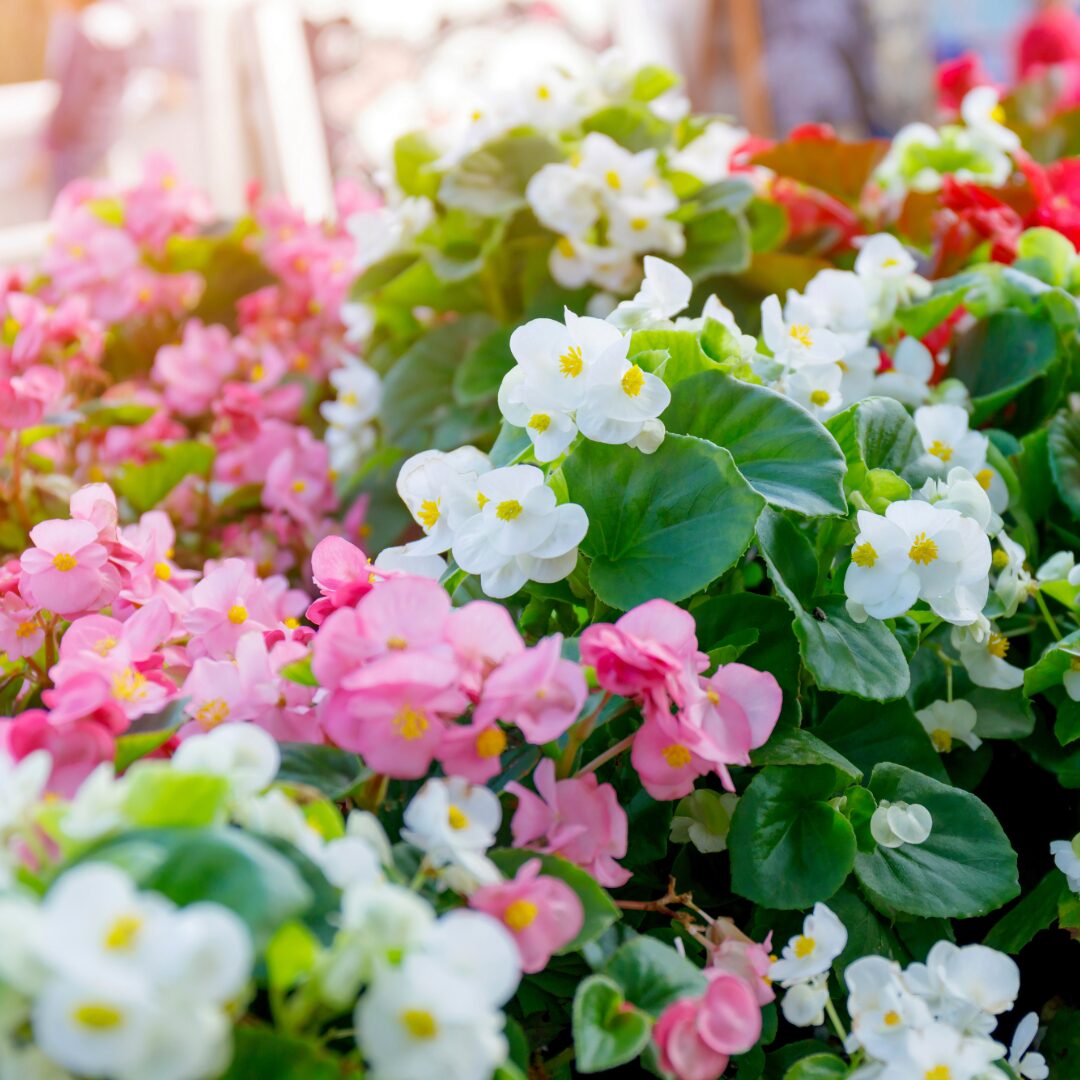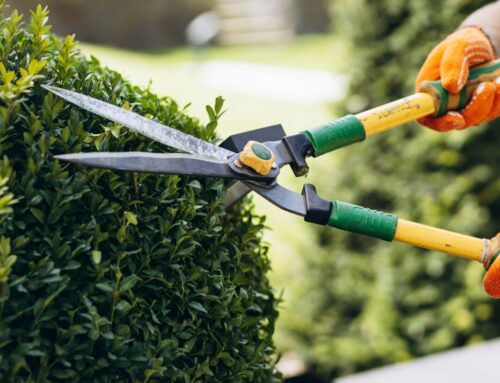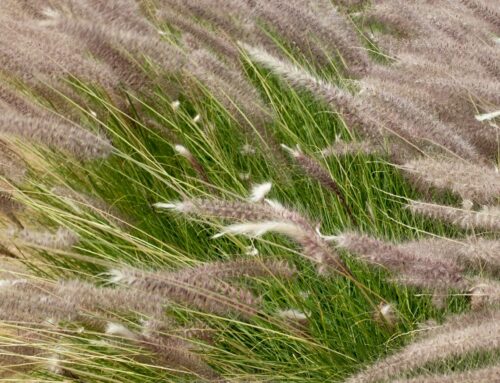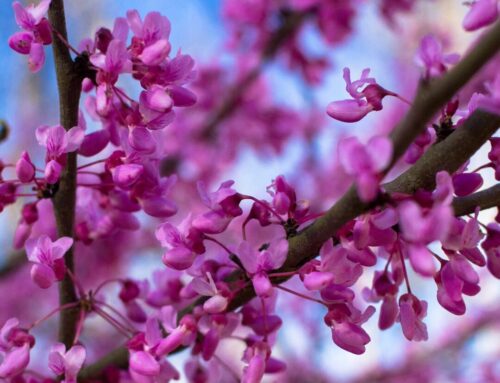Begonias have captivated botanists, horticulturalists, and enthusiasts for centuries. These flowering plants come from a diverse genus within the family Begoniaceae. The genus Begonia includes over 1,800 species that range from small alpine varieties to showy tropical specimens. Beyond its ornamental value, Begonias holds historical and ecological importance in cultivation and practices.
Botanical Background:
- Varieties of begonia include herbs, shrubs, and climbing plants originating from subtropical and tropical regions.
- Begonias exhibit various leaf shapes, colors, and textures, with flowers ranging from small and inconspicuous to large and extravagant.
Historic Significance:
- The genus derives its name from Michel Bégon, a French patron of botany in the 17th century.
- European botanists during the 17th and 18th centuries introduced and popularized Begonia cultivation.
Medicinal Use:
- Tuberous begonia varieties are used in traditional medicine to remedy bowel issues, inflammation, and bee stings.
Horticultural Delight:
- Begonias are suitable for indoor plants, container gardening, and landscaping.
- The genus is incredibly diverse, leaving gardeners spoiled for choice.
Landscape Design:
- Begonias serve as focal points in garden beds, borders, and containers, adding bursts of color and texture to landscapes.
- Their adaptability to shade makes them ideal for creating lush, visually appealing compositions in areas with limited sunlight.
- With a wide array of leaf colors and shapes, begonias provide year-round beauty.
Cultivation and Care:
- Light, temperature, and moisture requirements may vary across species.
- Propagation methods encompass seed sowing, division, and stem cuttings, tailored to specific species and cultivars.
- Adequate soil drainage, balanced fertilization, and pest management practices are essential to healthy growth and blooming.
Environmental Benefits:
- Begonias contribute to biodiversity by providing habitat and food sources for pollinators such as bees, butterflies, and hummingbirds.
- In urban environments, their air-purifying qualities help mitigate indoor pollution, enhancing indoor air quality and human well-being.





